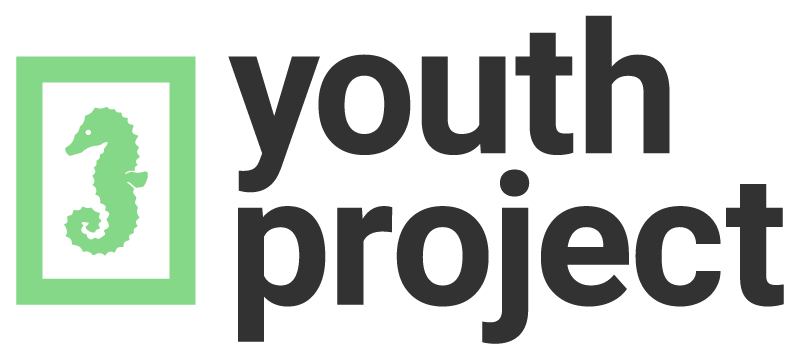



As we head into another school year, our focus will be on building and sustaining the rights and spaces of LGBTQ2+ youth. We know school and community climates are not always welcoming spaces for queer and trans youth. That includes homophobic- and transphobic- bullying, harassment and exclusion. We know GSAs strengthen their school communities, and that LGBTQ+ youth should be able to bring their whole selves to learn! That’s why we’ve put together these updates, reminders and a GSA Jumpstart list to kick off the year.
This document is a starting guideline for the rights and options for transgender and gender non-conforming students in school. If you are wondering about using preferred or non-legal names, pronouns, navigating washrooms or gendered spaces, you can check this document out. For youth and families beginning a social, medical and/or legal transition, you may want to take this document in to your school’s administration to set out what your needs are in school and ensure they are respected.
You can read the guidelines here.
PowerSchool, the online system, will have a new feature this school year. You can include a non-legal name within PowerSchool, and once updated, this will update the name used within the entire system. Please note the importance of this change: once you change your name in PowerSchool, it will change ALL of the places that display your name. This includes information that is sent home: permission slips, report cards, and other documents. You are not able to choose which places display a legal name, and which may display a non-legal name.
Note that even if you do not change your name within the system, you still should have your non-legal name and pronoun used for you in school.
You can read the full description in these documents:
Download the English version
Download the French version
PowerSchool has been updated to reflect a student’s gender identity, not their sex assigned at birth. This means that student can have their gender identification changed at school without having to change it legally with vital statistics. Students also now have the option to have X on their file instead of M or F.
If students would like their PowerSchool profiles updated before the first day of school, they can contact their Youth Health Centre Coordinators or any other trusted adult in the building who can put the process into motion. Information for school staff can be found on the school’s websites. It is the Vice Principals, Guidance Counselors and Registrars who can physically make the changes to PowerSchool.
You can read the full PDF HERE
Looking to jump right into GSA activities, ideas and meetings this year? You can check out the newly updated GSA Manual! It`ll walk you through things like meeting structure and roles, activities and ideas, and way more!
(Manual currently being updated)
Or check out these quick links:
* Ideas and activities:
GSA Bingo!
Speed Friending!
Move Your Butt (pg.1)
Decisions, Decisions (pg.2)
Molecule! (pg.3)
We tailor workshops to our audience and their grade level, in order to provide information and generate discussion around sexual orientation and gender identity that is relevant and useful while also addressing grade specific curriculum outcomes. Our workshops are interactive and we encourage questions. We can work with any grade level and customize workshops to address particular issues that you may be dealing with at your school. 
With financial support from the Department of Education and Early Childhood Development we are able to offer our services at no cost to schools.
Generally, at the junior high and high school levels we discuss and explain issues around sexual orientation and gender identity, differentiate between sex assigned at birth and gender identity, and explain what it means to be transgender. We discuss homophobia and transphobia and examine the impact they have on everyone. We also provide strategies for creating a safer school environment and becoming a more inclusive ally.